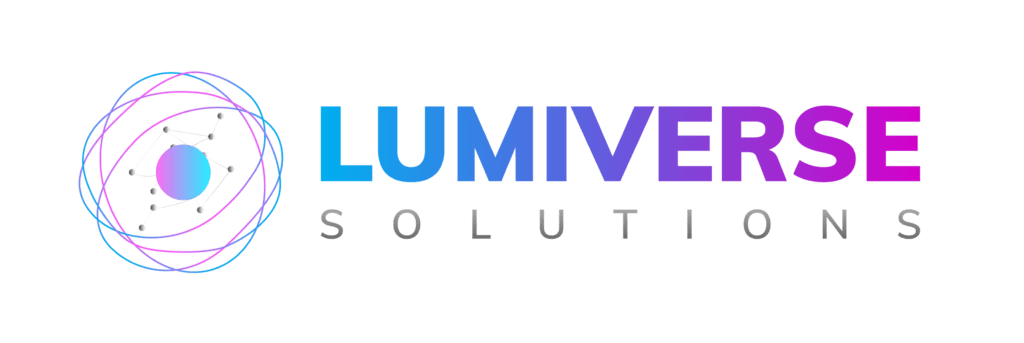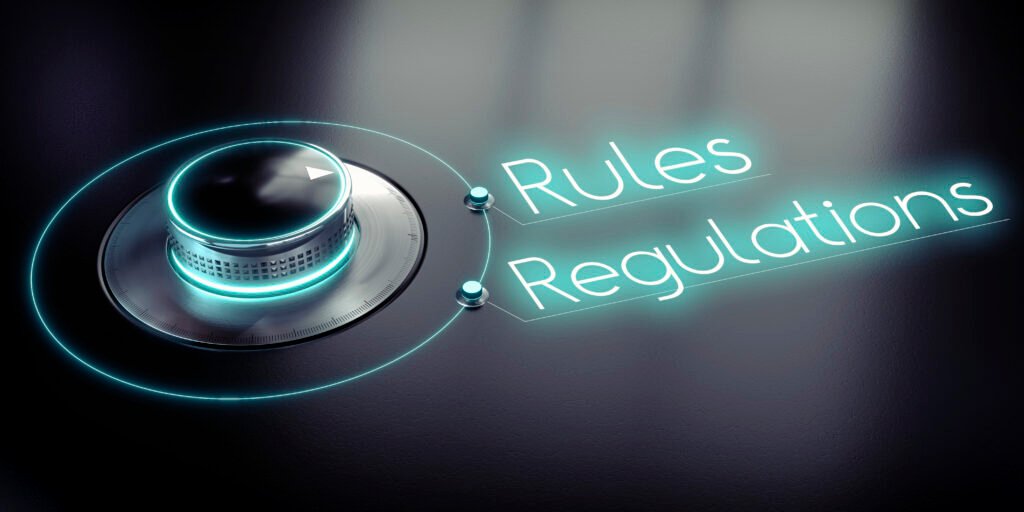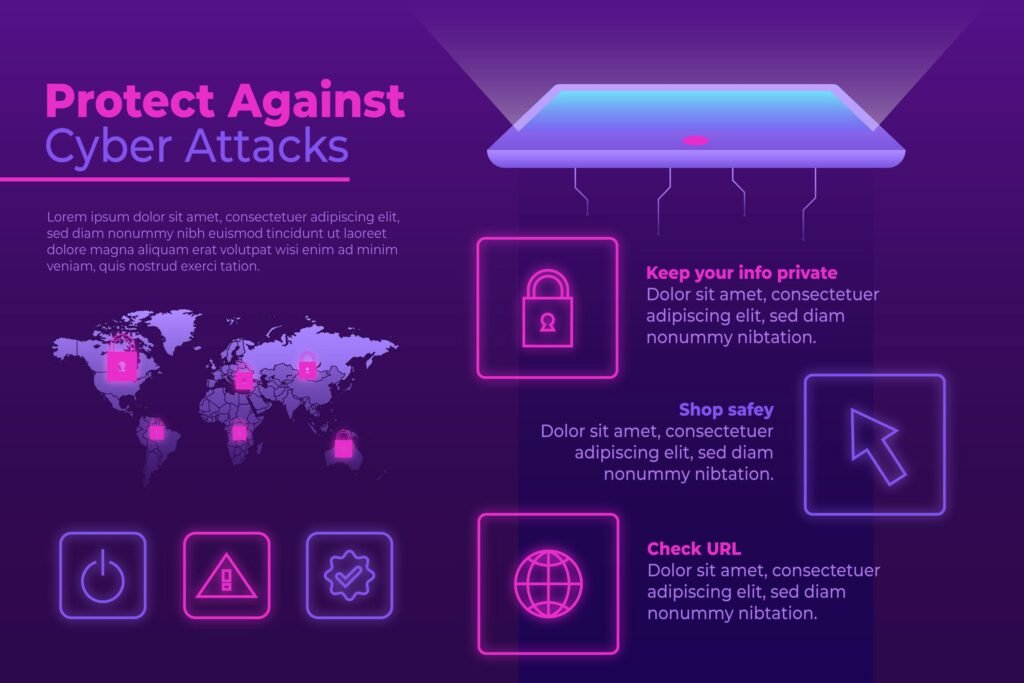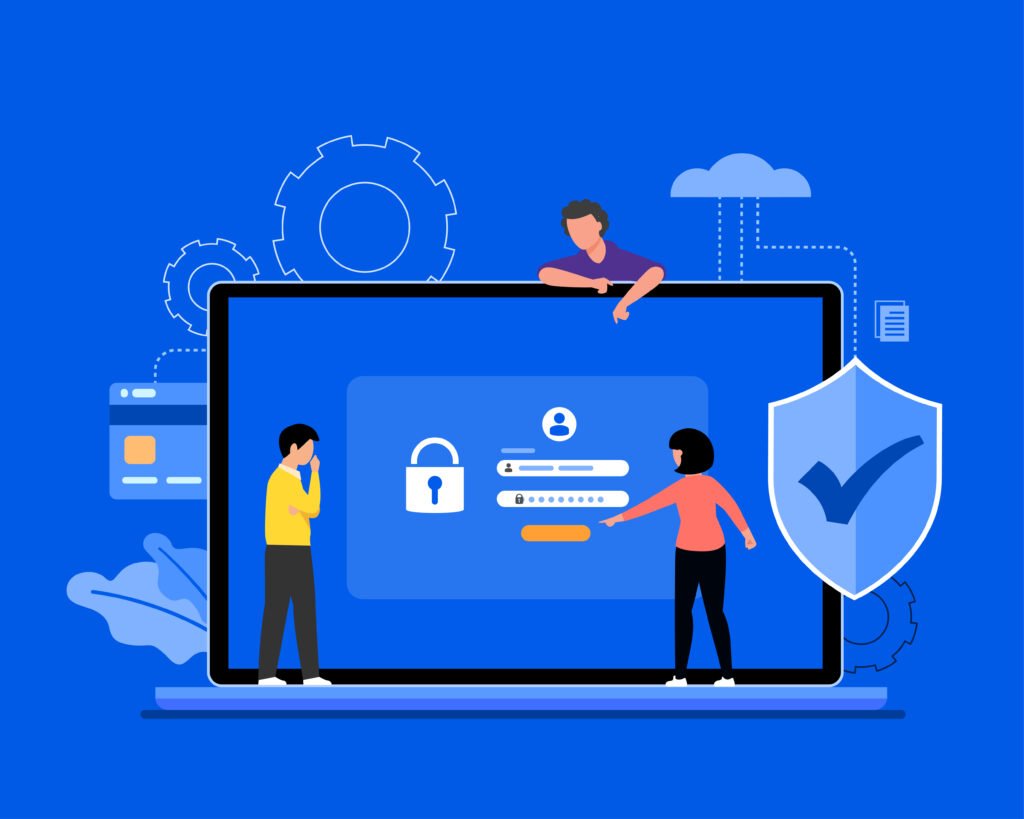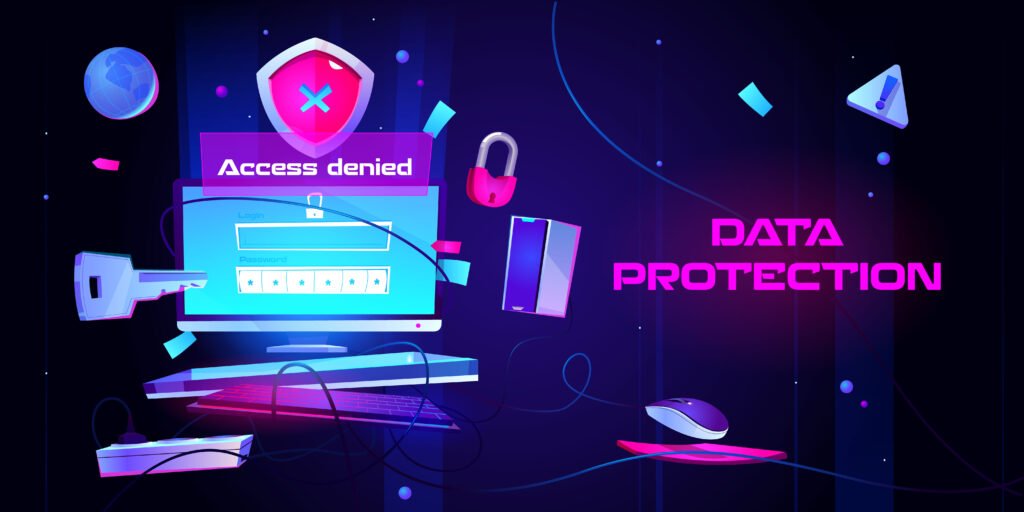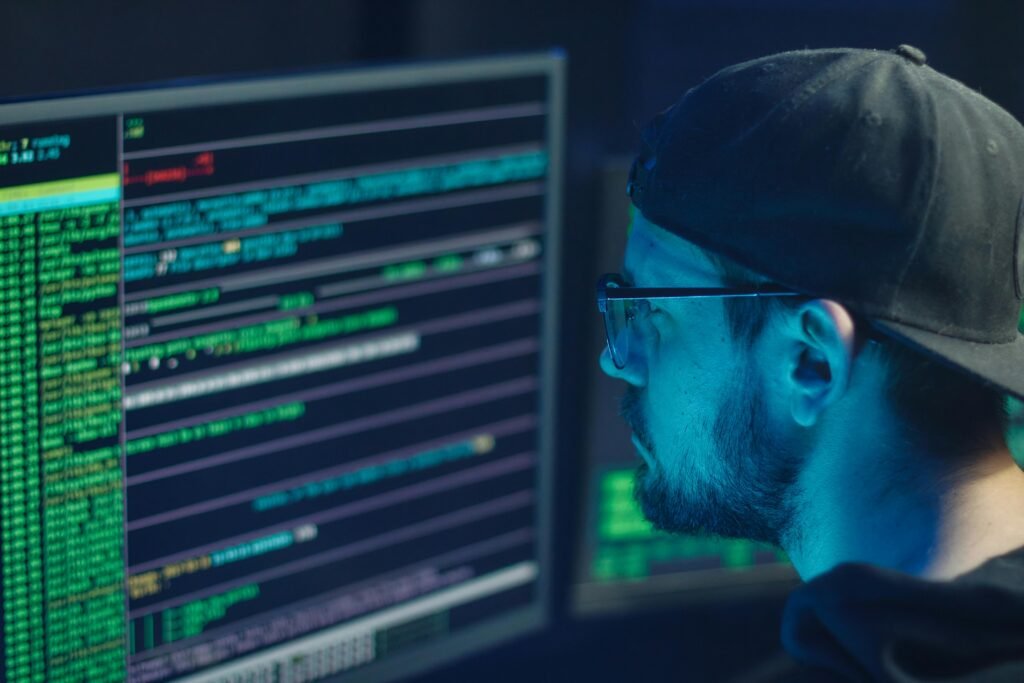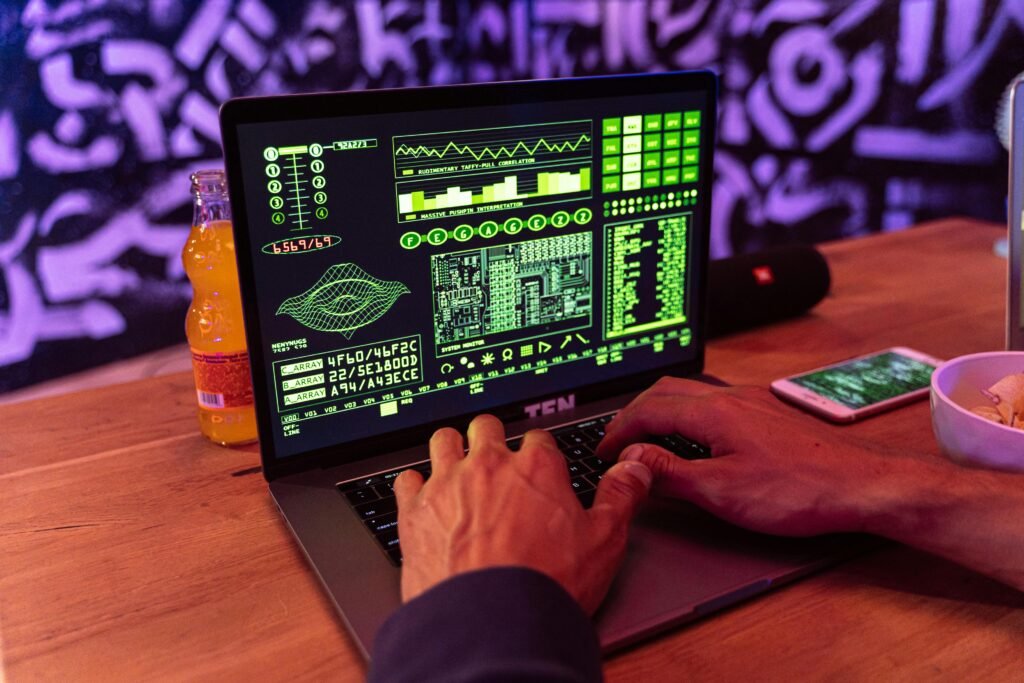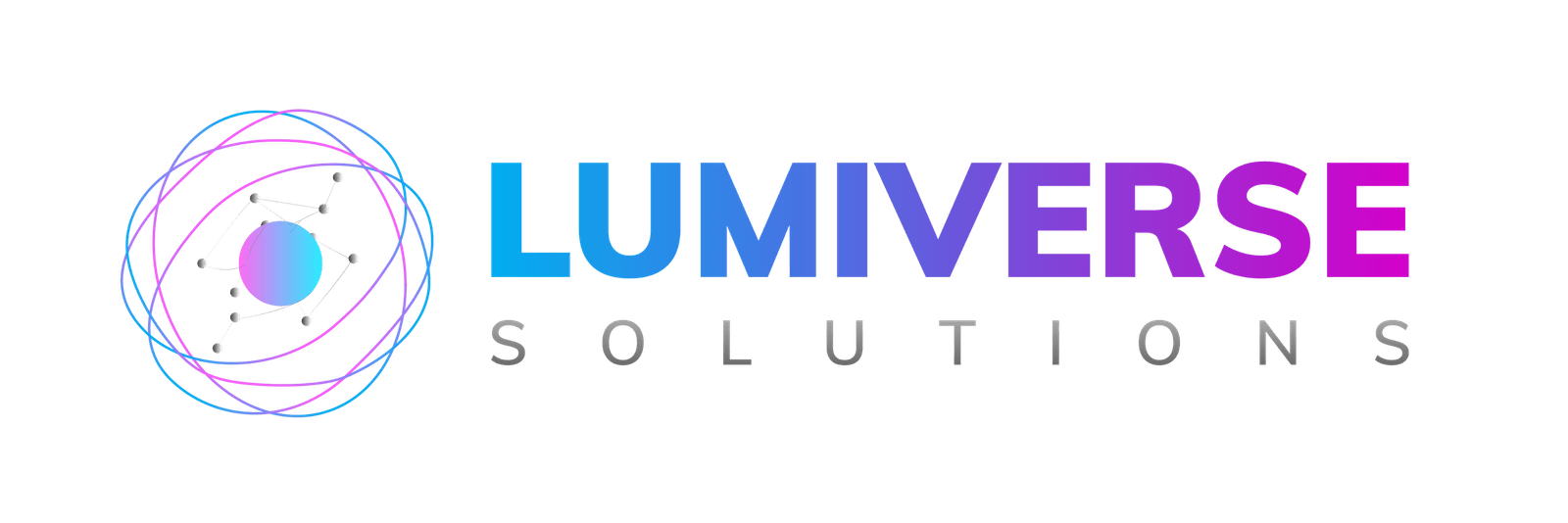NEW Cybersecurity Laws and Regulations in 2025
NEW Cybersecurity Laws and Regulations in 2025 INTRODUCTION Today, in the era of digitalization, cybersecurity is a major concern for organizations, governments, and people. The year 2025 witnessed the emergence of new cybersecurity laws aimed at enhancing data protection, combating cybercrime, and enhancing national security. In this in-depth guide, we will outline the New Cybersecurity Laws introduced in 2025, their implications, and how people and businesses can adapt to the laws. Why New Cybersecurity Laws are needed in 2025? As cyber attacks are on the rise, ranging from ransomware attacks to data breaches, governments around the world are implementing New Cybersecurity Laws to protect personal data. The creation of AI-driven attacks and sophisticated hacking tools compels governments to implement tougher security practices. The New Cybersecurity Laws of 2025 address the following main concerns: Enhancing data privacy defenses Improving business compliance procedures Strengthening the sanctions for cybercrimes Growing global cooperation in cybersecurity initiatives Preemptive business cybersecurity adoption Cyberattack defense of critical infrastructure Regulations of IoT devices for security Offering cloud computing data security and compliance solutions Impressive Features of the New 2025 Cyber Security Legislations. 1.Strict Data Privacy Act Among the significant developments under New Cybersecurity Legislation is data privacy law being enhanced. Countries have adopted stricter laws regulating how companies obtain, store, and handle users’ information. This is to assist in reducing dangers of data breach and unauthorized access. Following are the significant points: Encryption of sensitive users’ data as mandatory Safe means of obtaining users’ consent Right of forgetting and data portability Stricter penalties for breach Privacy-by-design principles to be implemented in software development Organizations now have to make sure that they are totally transparent when it comes to data gathering and storage, and use end-to-end encryption methods to secure user data. 2. AI and Compliance with Cybersecurity With AI gaining the majority of the spotlight as cybersecurity entered the mainstream, governments put regulation of AI under New Cybersecurity Legislation. This act makes AI-driven systems that serve for security ethical, open, and not privacy policy intrusive. Some of these key provisions are: AI security systems must be compliant with data protection legislation. Firms must ensure transparency in how user data is treated by AI. AI surveillance must be subject to regulation in order not to be misused. Prohibition on AI-powered deepfake attacks and AI-powered scams. Formation of an AI ethics committee to conduct cybersecurity risk analysis. 3. Cybersecurity Global Cooperation Cyber attacks are worldwide. The New Cybersecurity Laws emphasize international cooperation to combat cybercrimes effectively. Governments are all uniting with one another for cybercriminal tracking and intelligence sharing to prevent large-scale attacks. Key points are: International data-sharing agreements on cybercrime investigations. Establishment of global cybersecurity task forces. Changing cybersecurity policies to facilitate global compliance. Cross-border cyber-resilience programs for incident response. 4. Mandatory Cybersecurity Frameworks for Businesses Organizations are now being compelled to implement some of the cybersecurity frameworks in order to offer data security. New Cybersecurity Act mandates there be regular security audits, staff cybersecurity awareness training, and a Chief Information Security Officer (CISO) to be appointed. Some of the most significant requirements include: Implementing standard security frameworks such as ISO 27001. Regular penetration testing to detect vulnerabilities. Implementing Zero Trust Architecture to minimize risk. Cyber insurance made compulsory for those organizations that handle sensitive user information. With real-time threat monitoring being integrated. Non-compliance with these will result in drastic measures in the form of heavy penalties and lawsuits against corporations. 5. Increased Punishments for Cyber Criminals Punitive actions to discourage cybercriminals were taken by implementing tougher punishments, i.e., tougher prison sentences along with higher fines, for hacking, data theft, and cyber deceptions. Bolstering tough punishment: Greater incarceration for cybercrimes. Rigorous punishment for corporations failing to ensure user data. Legal repercussions of employees for inserting security vulnerabilities through negligence. Giving greater authority to software firms for being responsible for security flaws for cyber attacks. Stricter regulations against payment of ransomware for not supporting funding cyber gangs. 6. Internet of Things (IoT) Security Legislation As more individuals are using IoT devices, the New Cybersecurity Legislation implements stringent security policies to combat dangers posed by interconnected devices on the web. The most significant regulations include: Security patches and updates on IoT devices made compulsory. Encryption of data being transmitted by smart devices. Establishment of a cybersecurity certificate for IoT producers. Secure authentication protocols to protect against unauthorized access. Consumer protection to request security updates for Internet of Things devices. 7. Compliance on Data Storage and Cloud Computing Security of the cloud takes center stage in the New Cybersecurity Law, and companies whose sensitive data are stored in the cloud have to meet tight security standards. Among the most basic requirements include: Legislatives for data localization which require sensitive data to be hosted locally. Implementation of end-to-end encryption data kept in the cloud. Threat intelligence, third-party, which must adhere to national practices on cybersecurity. Multi-cloud safe approaches for stopping cloud storage data breach. Enforced recovery and backup procedures of data on the cloud. Establishment of New Cybersecurity Regulations by Companies Companies need to implement proactive tools for compliance with New Cybersecurity Regulations to avoid legal repercussions and maintain smooth operation. Some practices are discussed below: Perform Routine Security Audits: Detect vulnerabilities and rectify them in time. Implement Multi-Factor Authentication (MFA): Safe login to prevent unauthorized entry. Train Staff on Cybersecurity Best Practices: Human mistake is the most common reason for security vulnerabilities. Use Data Encryption Measures: Protect sensitive information from cyber attacks. Scan and Update Security Systems Every Day: Every security system should be updated every day. Data Breach Response Plan: Be receptive to a response plan while being under cyber attack. Be Ethical and Legal When Using AI Policies: When using AI-based security systems, be ethical and legal. Invest in Cyber Insurance: In order to reduce financial loss because of a cyber attack. Establish Incident Response Teams: In order to facilitate swift response against a cyber attack. The Future of New Cybersecurity Laws The New Cybersecurity Legislation of 2025 is
NEW Cybersecurity Laws and Regulations in 2025 Read More »
